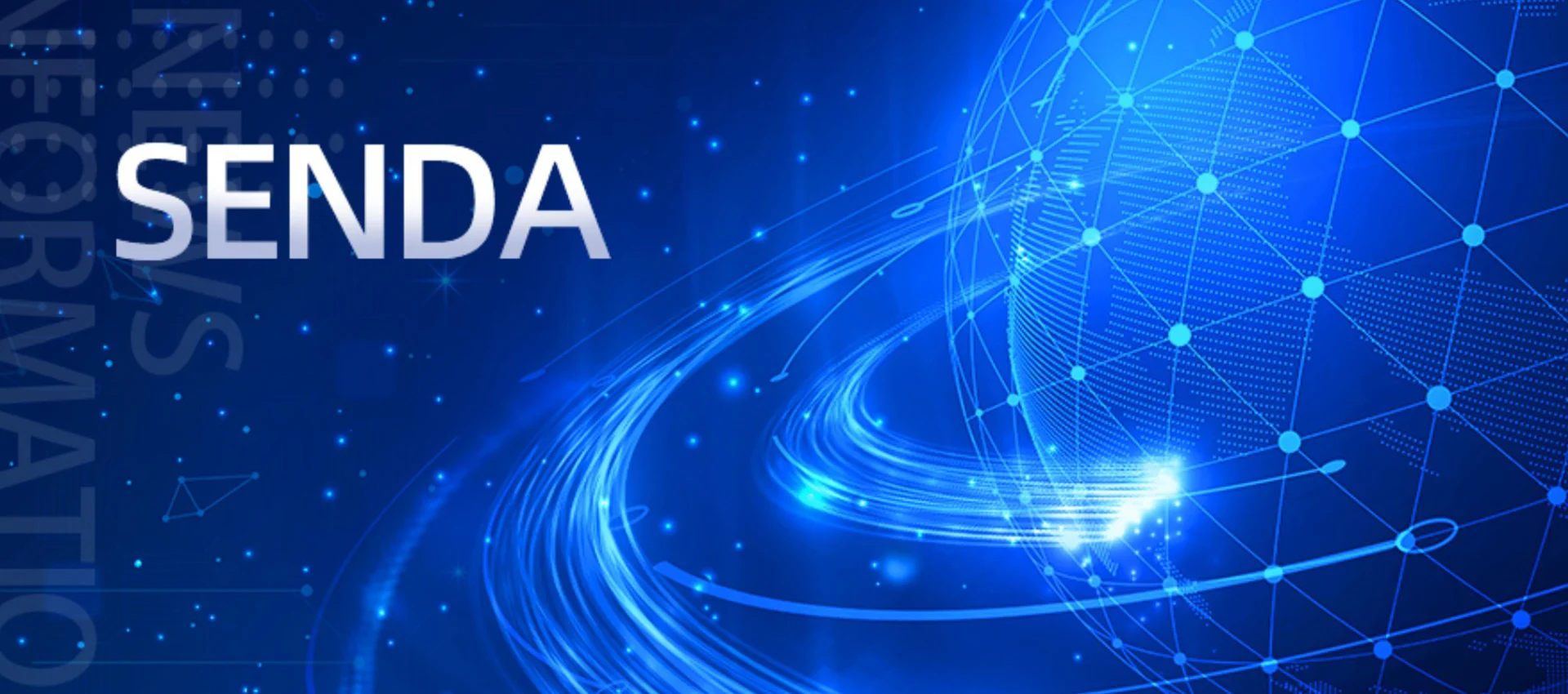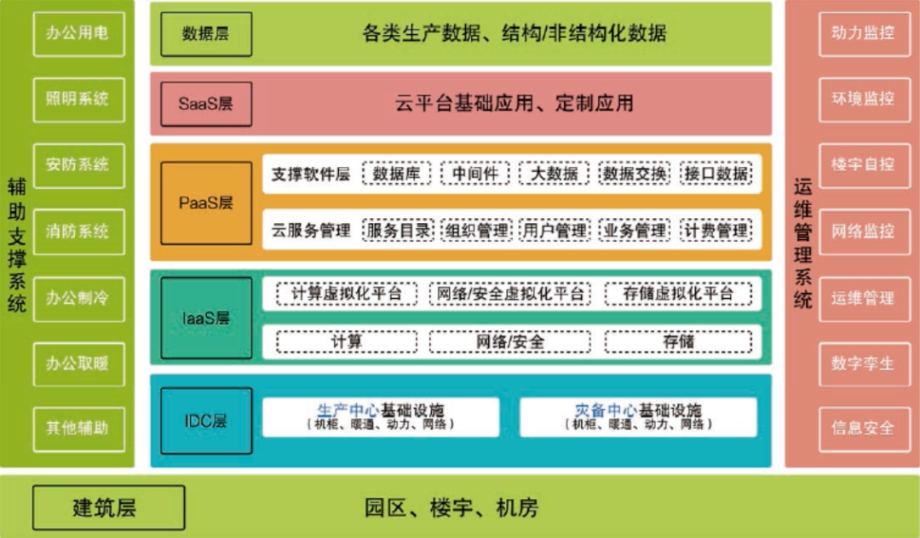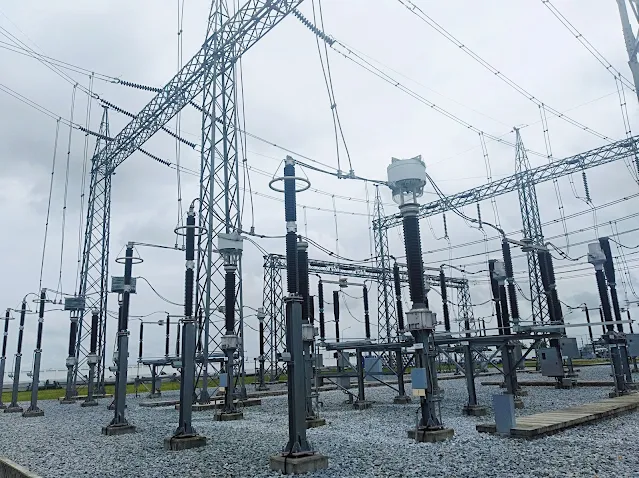
Data Development Trends and Prospects
1. Dual drivers of strategy and demand
Under the guidance of national policy guidance, local industrial foundation and other factors, all parts of the country are formulating detailed plans for, and have introduced clear implementation policies in terms of tax incentives, land use approvals, electricity subsidies and talent settlement. to attract data center operators and investors.
In recent years, China’s digital economy has shown strong vitality and resilience, playing a stable role in ensuring people’s lives and promoting economic recovery. A large number of new business formats and models are rapidly emerging, bringing new demands and new space for the development of data centers. When starting the construction of a new data center, enterprises must not only carry out strategic planning and construction operations, but also reasonably control demand and other aspects.
2. Integration of technology and business
Data centers have relatively standardized and structured systems in terms of infrastructure and business architecture. With the advancement of science and technology and the development of industry technology, the professional technologies in each system are constantly being updated. There is no best technology, only more suitable technology, so organizations need to make comparative choices based on their own operating conditions.

Figure: Overall architecture of data center
There is a certain overlap in reliability between data center infrastructure systems and IT business systems. The IT business architecture can be more integrated with data center technology during design. While ensuring reliability, construction and operation costs can be reduced by optimizing the architecture.
3. Low carbon and energy conservation are promoted simultaneously
With the rapid development of data centers, the industry’s demand for energy is also soaring. It has become a social consensus that data centers will develop in a greener and lower-carbon direction. The Ministry of Industry and Information Technology has also successively released the “National Green Data Center Pilot Work Plan” (Ministry of Industry and Information Technology Lianjie [2015] No. 82) and the “National Green Data Center Pilot Monitoring Manual” (Ministry of Industry and Information Technology [2016] No. 99), and jointly issued the “Guiding Opinions on , putting forward clear requirements for the construction of green data centers. Compared with traditional data centers, green data centers have stricter control measures in terms of safety, energy saving, and environmental protection. At the same time, the significant reduction in power consumption of the data center is also more in line with the economic requirements of data center operations.
According to the national mission of “strive to peak carbon dioxide emissions before 2030 and strive to achieve carbon neutrality before 2060 “, data centers, as an industry that continues to account for a growing proportion of total electricity consumption in society, should optimize energy consumption structure, eliminate backward technologies and reduce carbon emissions.
At this stage, the energy conservation in routine operation and maintenance of each data center mainly focuses on optimizing temperature field distribution, optimizing air and water flow organization, improving the operating efficiency of individual equipment, and improving the efficiency of the linkage system. It is easy to reduce the power usage efficiency from 1.8 to 1.7, but it may be difficult to reduce the power usage efficiency from 1.25 to 1.24. Even if it can be achieved, the cost will become higher and higher.
Data center energy conservation focuses more on infrastructure construction and operation and maintenance, and too little attention is paid to energy consumption outside of infrastructure. Therefore, we must not only pay attention to power usage indicators, but also pay attention to Energy consumption indicators of IT systems, promote the establishment of IT equipment energy consumption evaluation system, encourage the entry of IT equipment with low energy consumption and high computing power, pay attention to the overall conversion ability of data center energy consumption into computing power, and improve the operating efficiency of the entire data center. Move towards the comprehensive and sustainable development of infrastructure, IT equipment and application systems.
4. Comprehensive implementation of digitalization and intelligence
Technologies such as big data, AI, and cloud computing have become increasingly mature and developing rapidly. Traditional data center planning, construction, and operation and maintenance technologies and solutions can no longer fully meet business needs. Comprehensive digitalization and intelligence will become possible.
With the proliferation of digital services, data centers are not only getting larger in size, but also have increasingly complex architectures, making their construction, deployment, operation, maintenance, and management time-consuming and laborious. The traditional data center construction model is backward and has a long construction period. It not only has high energy consumption, difficult operation and maintenance, but also has low reliability. It can no longer meet the requirements of digital and intelligent business development for data centers to be flexible, fast, efficient, and low-carbon. Data centers It must also make a comprehensive transformation towards digitalization and intelligence.
As digital transformation continues to accelerate and “new infrastructure” projects continue to advance, the demand for data centers has become increasingly prominent. As an important part of the “new infrastructure” project, the transformation and upgrading of data centers continues to move forward. AI, deep learning and data centers are organically integrated. Intelligent technology represented by AI has become an efficient choice for data center transformation and upgrading.
The combination of AI and data centers can achieve a revolutionary improvement in data center efficiency and better optimize the cooling system, which in turn can help data centers reduce power consumption, greatly reduce data center operation and maintenance costs, enhance competitiveness, and promote The transformation and upgrading of traditional data centers to digital and intelligent data centers.
Digital twin technology can be applied to the entire life cycle of data center design, construction, and operation and maintenance. In the design stage, through 3D visualization, virtual reality, auxiliary design solution analysis, simulation design solution evaluation, AI intelligent design and other capabilities, it supports the evaluation of the rationality, feasibility, and technical economy of the data center design plan, and the realization of intelligent design. The operation and maintenance phase uses 3D visualization, system topology visualization, virtual reality, big data analysis, simulation, AI and other capabilities to achieve air flow organization optimization, energy consumption analysis, change assessment, simulation drills, personnel training, fault detection and prediction, safety Full assessment, health assessment, fault location, life prediction, intelligent inspection, operation optimization, etc. The data center digital twin system can effectively reduce system failures, system energy consumption and trial and error costs.
In terms of intelligence, in addition to automation and visualization capabilities, data centers can also fully or partially possess the capabilities of sensing, describing, predicting, learning, diagnosing, and decision-making. The gradual improvement of the intelligent level of data center operation and maintenance will realize unmanned operation and maintenance, reduce human-caused failures, and improve the overall availability of equipment systems. At the same time, it can save human resources, reduce resource consumption, respond to environmental changes in a timely manner, and promote the green development of data centers.
Source: “Yuntu Li Xing – Green and Low-Carbon Digital Infrastructure”
Get In Touch
Recent Posts
-
What Is The Difference Between GGD Distribution Cabinet And MNS Low-Voltage Switchgear, Both Belonging To Low-Voltage Switchgear?
Jun 24, 2025 -
SF6 Is Favored For Its Compact Design In 10kV Inflatable Switchgear
Jun 12, 2025 -
🌟Celebrating a Major Triumph: Senda Electric Secures Significant Bid with State Grid!
Apr 25, 2025 -
Fujian Senda Electric Product Promotion Conference
Apr 11, 2025 -
HV, MV, and LV Substations: Differences and Applications
Mar 25, 2025

GCK-GCS-MLS低压抽出式成套开关设备.png)
HXGN(UniSwitch-S)SF6绝缘间隔式交流金属封闭环网开关设备-1.png)



